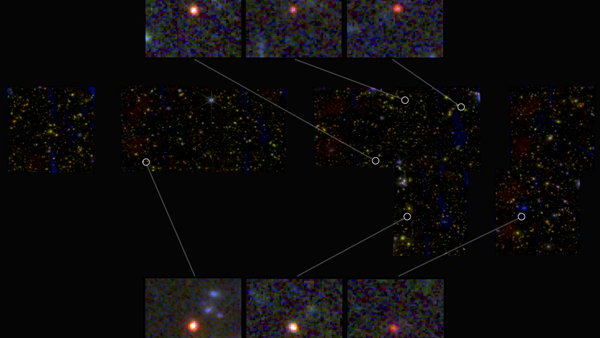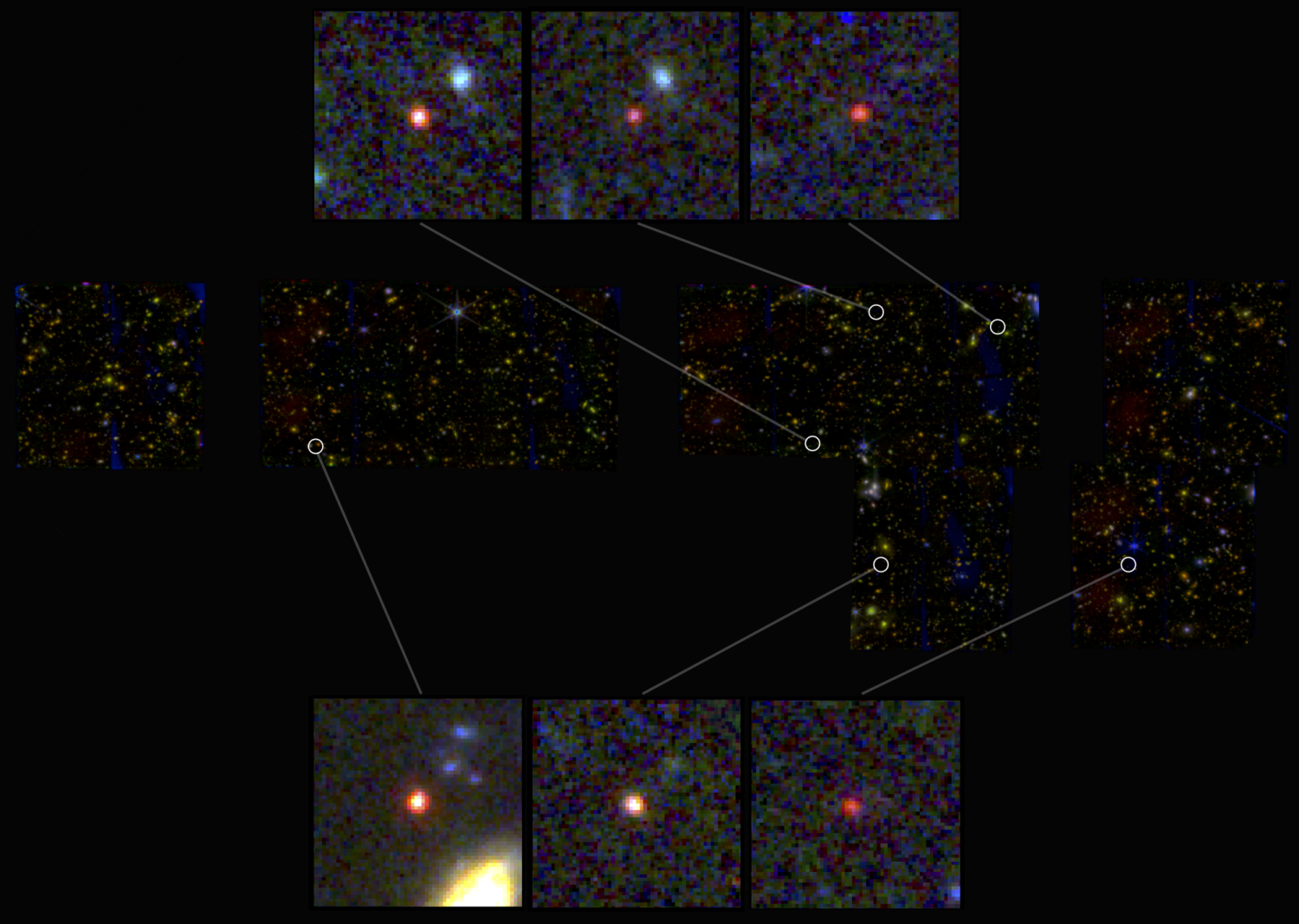As the James Webb Space Telescope (Webb) opens for official observations, more and more data are shaking up our existing models of the evolution of the universe, such as the latest discovery of a super-sized galaxy that shouldn’t exist.
A team of astronomers from the University of Colorado at Boulder and Swinburne University of Technology in Australia published their findings in the journal Nature on Feb. 22.
They found six potential galaxies that, according to available data models, are expected to have formed 700 million years after the Big Bang — not surprisingly, Webb has previously found galaxies that formed only 350 million years after the Big Bang.
The problem is that the masses of these potential galaxies are not normal, since they are about 100 billion times the mass of the Sun, about the same as our own Milky Way galaxy.
At 700 million years after the Big Bang, astronomers should not have known enough to form such large galaxies, mainly because there is not enough conventional matter to form large numbers of stars quickly, and even when dark matter and dark energy are taken into account, it is difficult to form such large galaxies.
Most importantly, these old galaxies do not have much in common with our galaxy, after all, they formed much earlier and are a great opportunity for astronomers to analyze models of galaxy evolution.
One is that these galaxies may be quasars, which are active galactic nuclei with a supermassive black hole in the middle, where the surrounding material is spinning around the hole at high speed and releasing huge amounts of energy, making the quasar appear very bright.
Another speculation is that these galaxies have companion galaxies nearby, and that they may have been formed by the merger of several galaxies that then grew rapidly to become very large galaxies. The big question, however, is how so much material could have gathered and formed stars at that time.



